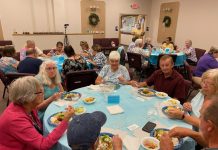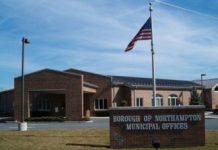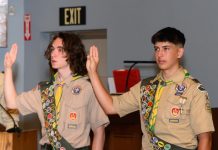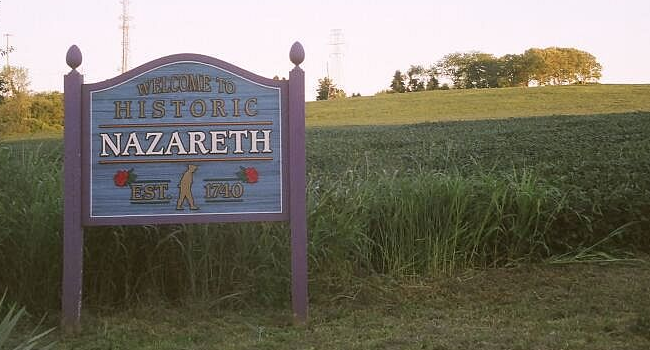
by Ed Pany and Larry Oberly
Today our families, schools, businesses and churches have been severely impacted by the COVID-19 virus. Looking back in history, our world and the United States faced a pandemic in 1918. My friend Larry Oberly researched the 1918 pandemic in the articles of the “Old Cement News,” the weekly paper served readers in Northampton, Coplay, Whitehall and the Cement Belt for over a half of a century. Mr. Oberly writes.
It may be difficult to appreciate the suffering of the 1918 Spanish Flu even though we have our own pandemic going on right now. Some things to remember as we look back at what happened then and now, we need to see the context of 1918 versus today. Back then there was a World War going on. It had begun in 1914 in Europe and we sent our soldiers to help the allies fight, beginning in April of 1917. As we sent our soldiers, we also sent many of our doctors and nurses to support them. This left gaps in medical services here at home. That would continue until after the Armistice ended the war on Nov. 11, 1918.
Some believe the first case of Spanish Flu was discovered at Fort Riley Kansas on March 11 of 1918 and was brought back from Europe by returning soldiers. The spread of the virus was actually very slow during the spring and summer of 1918. As the United States raised money for “Liberty Loans” to fight the war in Europe, there were traveling trains and parades that moved from city to city to sell the notes. In September 1918 the show arrived in Philadelphia with a large contingent of wounded soldiers who had returned from the front. Tens of thousands lined the parade route. Within 10 days, 200,000 of the city were infected and more than 1,000 were already dead. By March of 1919, more than 15,000 citizens of that city were dead.
It would take two years to bring the epidemic to an end. In larger cities the hospitals became so over crowded that schools, theaters and even private homes became makeshift hospitals, some staffed by medical students due to lack of medical help. This was the state of the pandemic in the fall of 1918. The Philadelphia outbreak would make Pennsylvania and the Northampton area the scene of intense action to prevent the spread of the disease.
In two weeks, we will take a look at the “Local Effort.”









